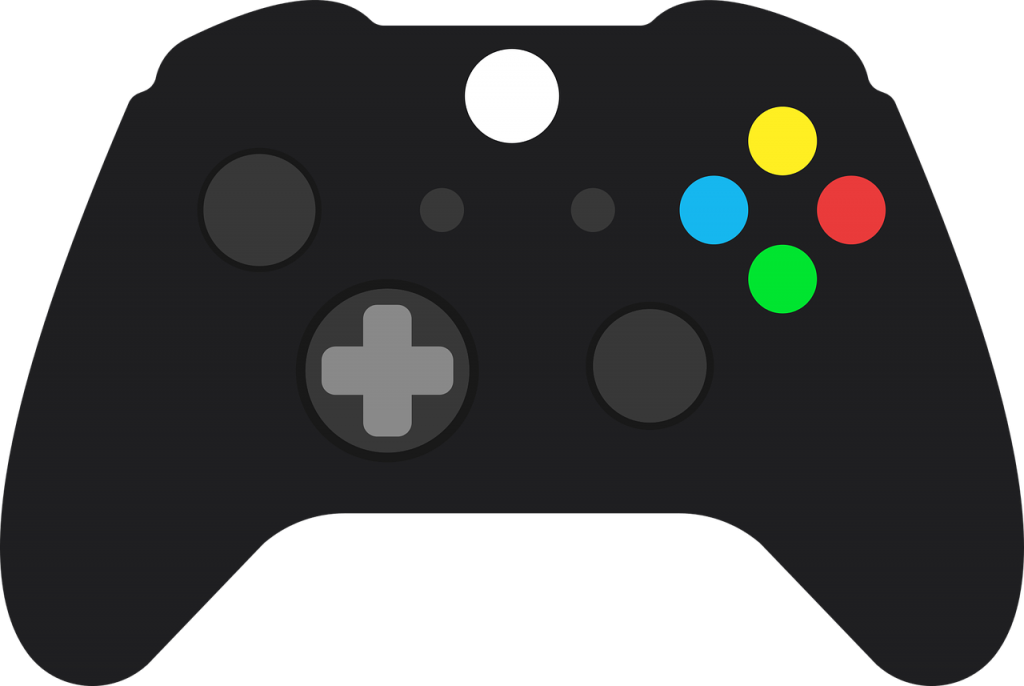Music Streaming Software

Over the past two decades, music streaming has risen from a niche technical capability to the predominant way people around the globe access and listen to music. Underpinning this rapid growth has been major advances in software that have enabled revolutionary new streaming models. Streaming platforms have connected tens of millions of tracks to billions of listeners through intuitively designed interfaces that learn from use patterns. This essay will provide an overview of how music streaming software has evolved since the early 2000s to power the meteoric rise of platforms like Spotify, Apple Music, and YouTube Music. It will analyze key innovations, developments, and pioneers that set the technological foundations for ubiquitous mobile access to music that fans enjoy today.
The Early Days of Digital Music Access
While music streaming software has become closely associated with mobile apps and vast on-demand song catalogs, the capability finds its roots in 1990s internet radio pioneers. Platforms like Live365 (1999) and SHOUTcast (1998) offered browser-based streaming music channels that users could tune into. Players like Winamp (1997) and RealPlayer (1995) also provided nascent music streaming capability years before robust infrastructure could support on-demand playback. These software players and internet radio tools marked the beginnings of accessing music across the spatial internet rather than physical formats…
The Dawn of True Streaming On Demand
By the mid-2000s, high-speed internet penetration was hitting key thresholds for the viability of true streaming on demand. Smaller startups like Pandora Radio (2000) and Last.fm (2002) began to make headway with playlist algorithms and song recommendations. But it took the launch of Spotify in 2008 to provide a fully realized (albeit still quite basic) vision of the contemporary music streaming experience…
Critical Streaming Software Innovations
Several key software innovations and standards advanced by companies like Spotify, Native Instruments, Ableton, and Apple fundamentally altered what was possible in music streaming software and fueled rapid sector growth…
Key Innovations:
- Seamless Playback & Syncing Across Devices
- Playlist Algorithms Personalization
- Social Sharing Integrations
- Hi-Resolution Audio Support
- Artist Partnership Programs
- Freemium & Premium Service Models
- Handoff Features like Airplay
- Unified Music Libraries
- Voice Control Integrations
Driving Mainstream Adoption
While early music streaming software catered mainly to tech savvy young adults, penetration into mainstream consumers was still gradual through the 2010s. several UX upgrades made services far more accessible and irresistible for general audiences…
Curatorial Content & Contextualization
A key shift that helped fuel retention and satisfy both casual listeners and serious music fans was an influx of expertly curated content on all major streaming platforms. Services augmented raw access to endless catalogs of music with contextualization like:
- Playlist explanations
- Relational hyperlinks between songs/artists
- Narrative introductions tying together albums or song sequences
- Short form music & artist history snippets
- Music journalism articles
- Podcasts Discographies
- Curation from well-known cultural tastemakers
- Personalized recommendations based on listening patterns
This spectrum of curatorial content helped streaming feel less like navigating a phone book and more like receiving a tailored education in music from trusted guides. The software had evolved beyond pure technical access into a service layer that satisfied more human experiential needs…
The Catalog Race
As streaming platforms battled each other for market dominance in the 2010s, one key competition came down to who could offer the biggest comprehensive catalog. Licensing as many tracks and albums as possible became a core strategic priority. Platforms advertised how many millions of songs were available, Covering niche genres, early eras of recorded music all the way to latest pop chart toppers. To power search across exponentially growing catalogs, streaming software leveraged recommendation algorithms, meta-data enhancement, natural language processing, and content-based filtering to help listeners find highly specific sounds from massive oceans of music…
Conclusion & Future Trajectory
From scrappy startups focused mainly on technical feasibility to today’s intuitive apps boasting catalogs over 100X bigger than the biggest physical music store – music streaming software has enabled an unprecedented revolution in music access. And with continued innovation in areas like AI, predictive analytics, augmented metadata and social sharing, rapid evolution shows no signs of slowing down. The next generation of fans reared on ubiquitous streaming access can expect even more seamless, personalized and platform agnostic ways to incorporate music into life. More ambitious software could cater to niche fan desires like integrating concert ticketing, exclusive artist access, metaverse experiences and Web3 models where fans directly fund musician careers. As the paradigm continues to shift music from a commodity you buy to a service you subscribe to indefinitely, the possibilities remain exponentially open ended.
Let me know if you would like me to expand or clarify any part of this music streaming software history overview further. I’m happy to refine details or touch on additional specific innovations in more depth. Please also feel free to provide any feedback on areas to improve this broad analysis of key developments fueling the rise of this revolutionary software capability.








